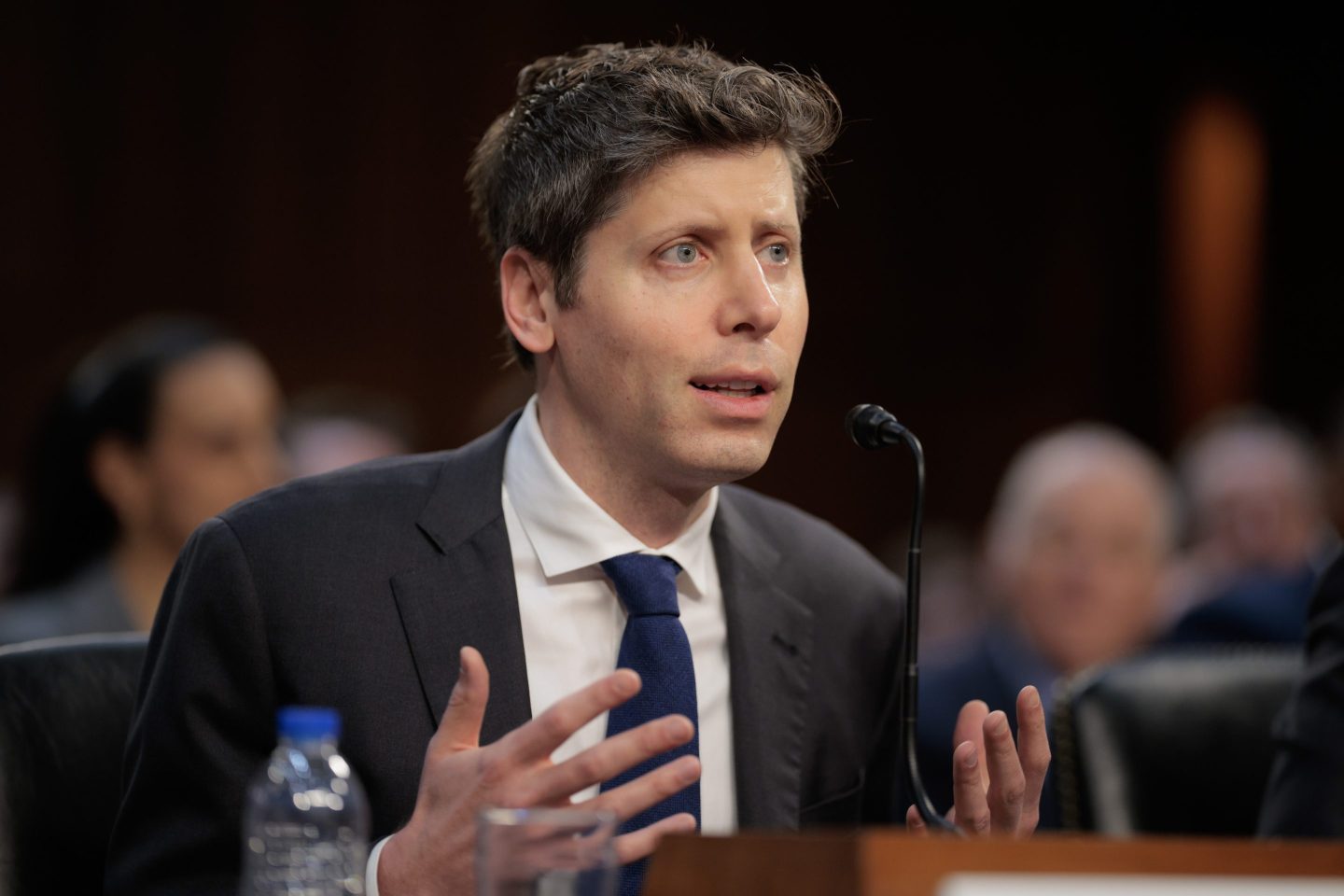This essay originally published in the Sunday, Nov. 3, 2024 edition of the Fortune Archives newsletter.
If you stick around long enough in journalism, you eventually find yourself revisiting far-flung corners of the planet and reporting on the same complex issues. So it was this past month, when I delved back into something Americans regard as the ultimate expression of romantic commitment: diamonds.
As it happened, my first-ever assignment for Fortune magazine, back in 2006, was to travel to the war-torn African nation of Sierra Leone, which had recently been the setting for a major Hollywood hit, Blood Diamond. In it, Leonardo DiCaprio played an exploitative armed mercenary who tries to smuggle a hugely valuable diamond out of the collapsed country. Fortune sent me to write about the real place.
In my long journey along rutted dirt roads and into remote villages, far from electricity or telephone lines, I met dozens of young men digging in the sweltering tropics for a stone to save them from destitution. “I would like to find a diamond so I can go back to school,” said 18-year-old Sahr Amara, who could not afford the yearly tuition of $11.66—about the cost of two cappuccinos in New York.
I don’t know whether Amara, who would now be 36, ever found his diamond or returned to school. But this month I had a chance to reexamine the industry—one still defined by the stark disjuncture between poor countries sitting on this vast mineral wealth, and the unstable global demand for it.
The association of diamonds with violence and exploitation has not faded completely since the film came out 18 years ago, and even as companies have tackled some of the industry’s problems, the diamond trade still holds the taint of human suffering for some people. “It took a long time after the movie for people to stop thinking about diamonds as a kind of conflict mineral,” Isidore Morsel, president of the Antwerp World Diamond Council, tells me. “It took quite a lot of time for the healing process.”
My new feature, published this week, describes one attempt to change the dynamics: The Belgian startup HB Antwerp aims to shift some of the industry’s control and revenues away from giant Western conglomerates, to Africa and its people. The project’s impact is, as yet, uncertain.
What’s clear, however, is the deep inequity involved in extracting the precious commodities that the rich world seeks for their beauty or utility—whether diamonds, gold, cobalt, or others. It does not require Hollywood to bring that to light.












